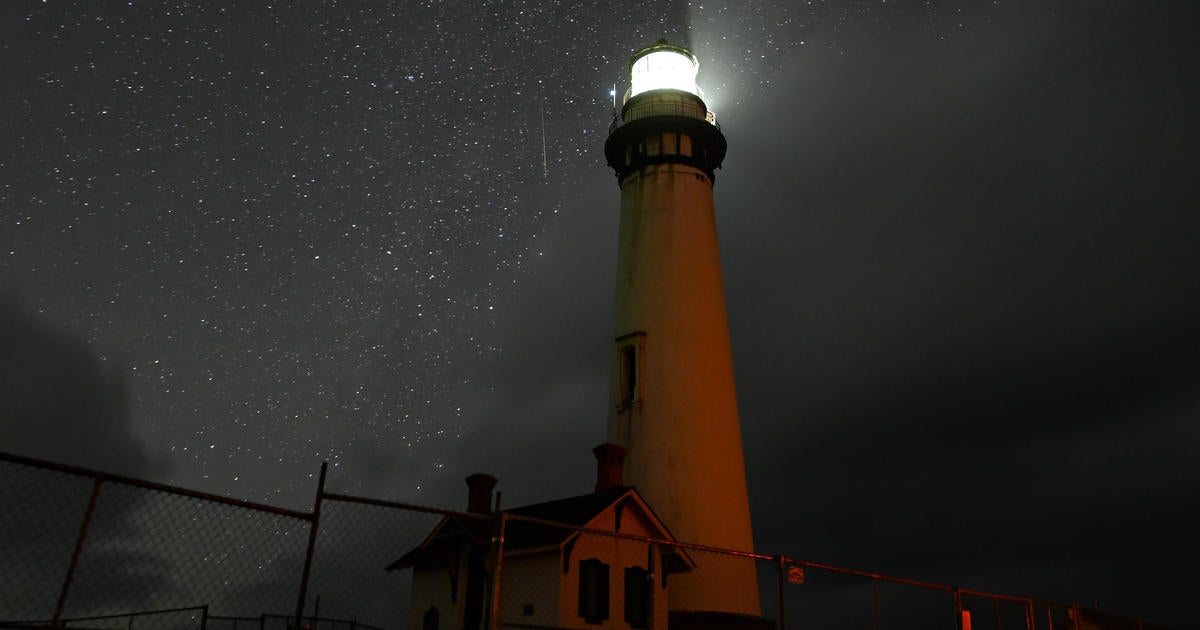

The Quadrantids, 2025's first meteor shower, will peak in the early morning hours of January 4th, 2025. The best time to view them will be between midnight and dawn. Unlike some meteor showers that offer several nights of good viewing, the Quadrantids have a very sharp peak, lasting only a few hours. Missing that peak significantly reduces the number of visible meteors. Where to see them: The radiant (the point in the sky from which the meteors appear to originate) of the Quadrantids lies in the constellation Boötes, near the former constellation Quadrans Muralis (hence the name). However, you don't need to find this precise location. The meteors will streak across a large portion of the sky. For the best viewing experience: Find a dark location: Light pollution from cities drastically reduces the number of visible meteors. Get as far away from city lights as possible. Rural areas, national parks, or even the outskirts of towns offer significantly better viewing conditions. Give your eyes time to adjust: Allow at least 20-30 minutes for your eyes to fully adapt to the darkness. Avoid looking at bright screens (phones, flashlights) during this time. A red-light flashlight can be helpful for navigating without compromising your night vision. Look towards the northeast: While meteors will appear across the sky, the radiant is in the northeast, so focusing your gaze in that general direction will increase your chances of seeing more. Be patient: Meteor showers are a waiting game. You might see a flurry of meteors in a short period, followed by lulls. Stay warm and comfortable, and enjoy the celestial show. Check the weather forecast: Clear skies are essential for meteor shower viewing. Cloudy conditions will completely obscure the meteors. Important Note: The Quadrantids are known for having a relatively short peak, making precise timing critical for optimal viewing. Consult a reliable astronomy resource closer to the date for the most accurate prediction of the peak time for your specific location. Websites and apps dedicated to astronomy often provide updates and detailed information.

The new year will kick off with the Quadrantid meteor shower, which is set to peak early on Friday.
The Quadrantids have the potential of 200 meteors an hour under perfect conditions, but most astronomy fans can catch 20-30 meteors an hour under clear, dark skies during the peak, according to NASA. The moon will be a "" and set early in the night, which should make for good meteor viewing conditions, according to the space agency.
The meteor shower will peak in the early morning hours on Friday, according to NASA. While meteor showers last for days, the per hour rate of meteors will be best during the peak and the highest as dawn approaches.
The Quadrantids will be , according to the American Meteor Society.
NASA advises viewing meteor showers in areas well away from city and street lights. The Quadrantids are best seen from the Northern Hemisphere, and observers in the Northwest and Pacific region will likely have the best viewing opportunities this year.
Those heading outside to catch the celestial show should lie flat on their backs with their feet facing and look up. Be prepared to wait about 30 minutes for your eyes to adjust to the dark. Viewers should also bring along a blanket or sleeping bag to help with the chilly January weather.
Meteors are space rocks that enter Earth's atmosphere. They streak through the sky every night, and when Earth encounters many meteors at once, it's called a meteor shower. The meteors heat up as they pass through the atmosphere, making them look like shooting stars.
While most meteor showers originate from comets, the Quadrantids come from — a small asteroid that was discovered on March 6, 2003.
The Quadrantids are also known for their bright fireball meteors, with larger explosions of light and color that can last longer than an average meteor streak, according to NASA.




